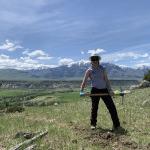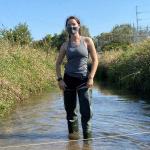Planning the urban forest
Two Beloit College seniors, Emmalynn May’23 and Mikaila Davis’23, conducted research on campus resulting in an urban forest plan and campus tree map. Collaboration and mentorship led to projects that will be valuable for years to come.
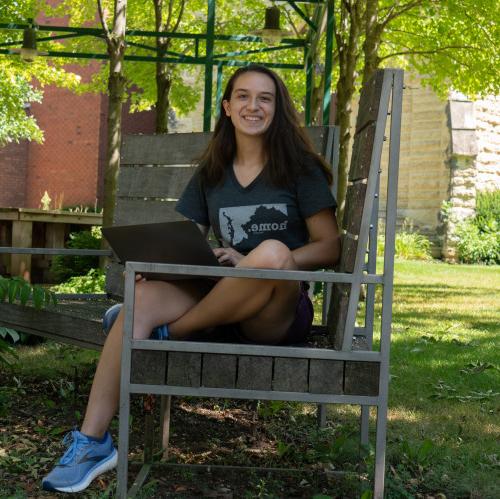
Emmalynn has spent three semesters collaborating with the Facilities and Grounds department and Professor Yaffa Grossman, to put together a formal plan for tree maintenance, planting, and removal. The plan also includes prohibited practices and prohibited trees, based on the Wisconsin Department of Natural Resources guidelines for invasive species. Additionally, the plan includes a way to designate trees as “special trees,” in recognition of their cultural or historical importance, or in honor of a special person. Through the Office of Advancement, a person can make a donation to ensure that a “special tree” has the funds to cover maintenance, a plaque, and planting (if it’s new).
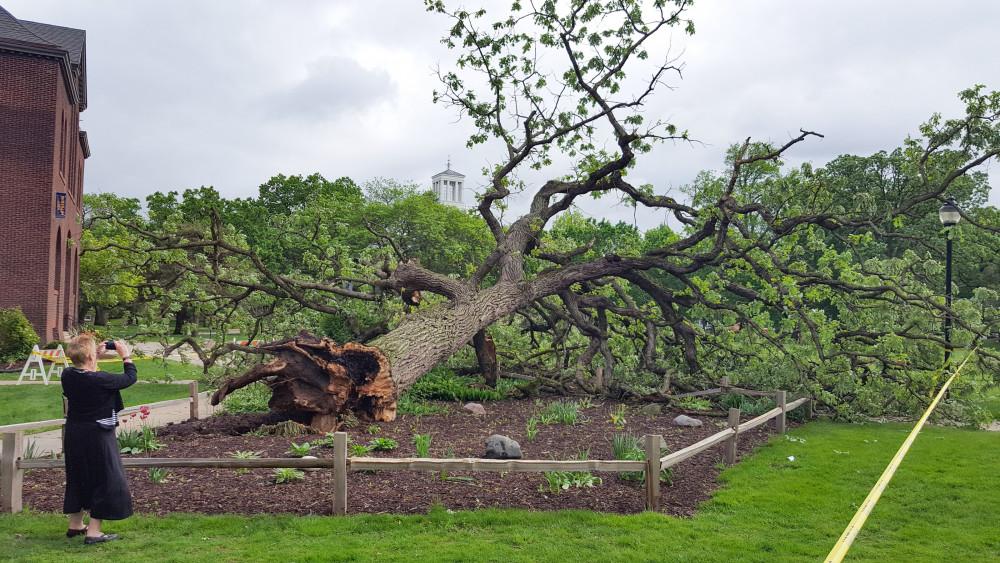
Credit: Nicholas Mischler’14

Credit: Howard Korn’87Keeping track of all the trees was a project in itself. Mikaila started with a physical map made in the late 1990s by hand, and took on the monumental task of creating a digital map of campus and adding every single tree. She identified each tree species and created a key to label them on the map. Because the map is digital, rather than hand-drawn, it will be simpler to make updates over time as trees are introduced or removed. Mikaila’s dedication has resulted in a resource that will be used by the college for years to come.
How did Emma and Mikaila learn about these opportunities? Through the close relationships that develop at Beloit College. “I went to Yaffa’s office and asked to look at trees,” Emmalynnn said. “Yaffa had been asking people for a long time, and it was exactly the kind of thing I wanted to do.”
Prof. Grossman has had a long partnership with the Facilities and Grounds department, and through her mentorship, Emmalynn was able to tackle a substantial project that will make a difference for years to come. After the first semester Emma realized what a large undertaking it would be to identify all of the trees on her own, so she enlisted the help of another student majoring in both Biology and Geology, Mikaila Davis. Mikaila was looking to do a research project involving Biology and this was an excellent opportunity.

Emmalynn and Mikaila presented about this experience at the 2023 Beloit College Student Research Symposium.
Contact:
Yaffa Grossman
grossman@aifengcai.com
Share:

Related Stories
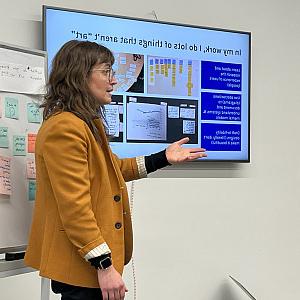


Related Links

